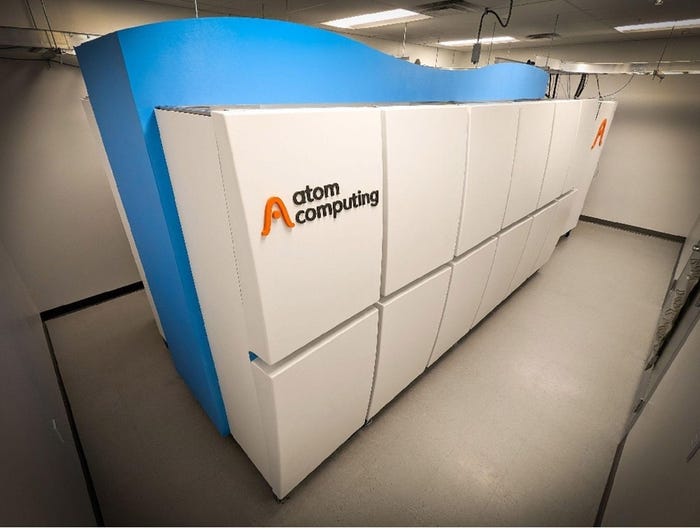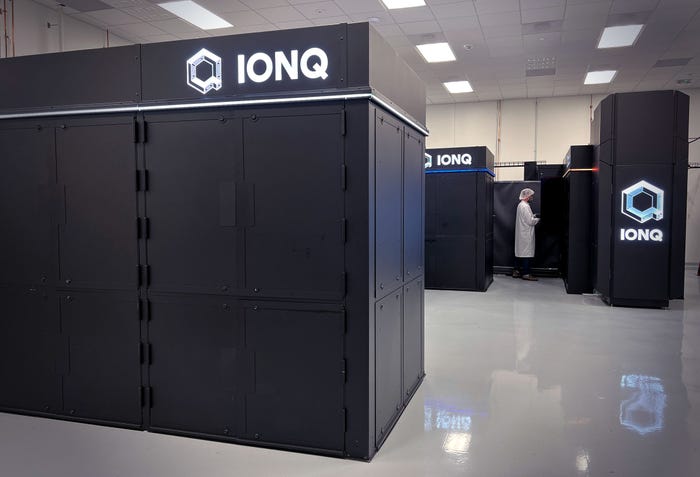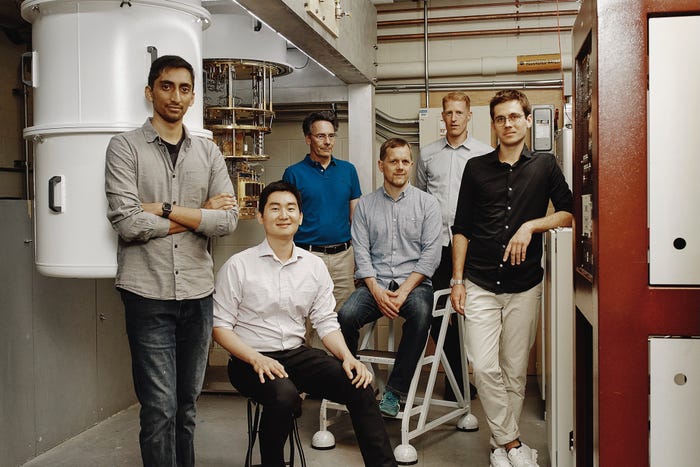
Connects decision-makers and solutions creators to what's next in quantum computing
Quantum Computer Slows Chemical Process 100 Billion Times
Simulation enables scientists to observe a photocatalytic reaction taking place
August 30, 2023

Scientists at the University of Sydney have used a quantum computer to directly observe a conical intersection, a standard geometric structure in chemistry vital to rapid photochemical processes.
In photosynthesis, plants use sunlight to convert carbon dioxide and water into oxygen and energy-rich molecules. This process is incredibly efficient, and it is thanks in part to conical intersections. Conical intersections are areas of exchange where molecules can transfer energy at lightning speed.
The research team, led by Ph.D. student Vanessa Olaya Agudelo, used a trapped-ion quantum computer to simulate the chemical reaction. The group slowed down the response 100 billion times by mapping it onto a relatively small quantum device, which enabled them to observe the interference pattern of a single atom caused by the conical intersection.
Conical intersections are known throughout chemistry and involve a wide range of processes, such as light harvesting in human vision and photosynthesis. Although chemists have been trying to directly observe geometric processes in chemical dynamics since the 1950s, they have not been able to directly observe them in the laboratory because they occur on extremely fast timescales.
However, the new results, published recently in Nature Chemistry, will enable scientists to better understand ultrafast dynamics, or how molecules change at the fastest timescales. The findings are a significant step forward in the development of quantum computing. They show that it is possible to simulate complex chemical reactions, which could lead to new insights into how molecules work.
"It is by understanding these basic processes inside and between molecules that we can open up a new world of possibilities in materials science, drug design, or solar energy harvesting," said Agudelo. "It could also help improve other processes that rely on molecules interacting with light, such as how smog is created or how the ozone layer is damaged."
About the Author
You May Also Like






